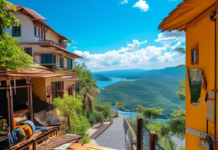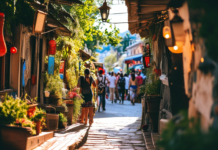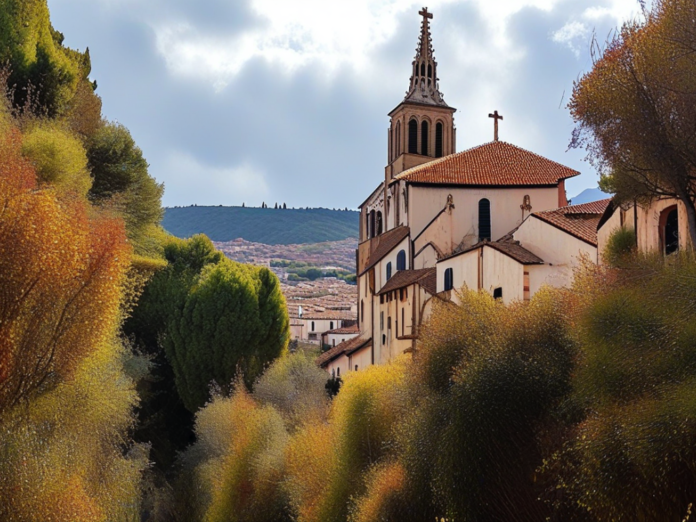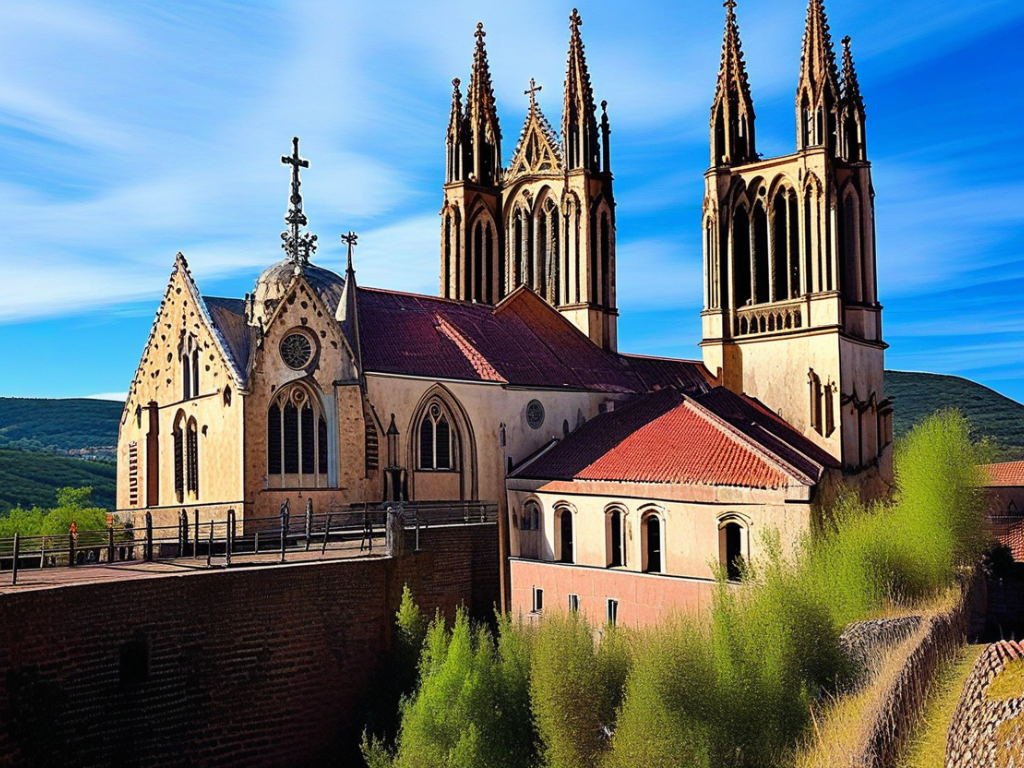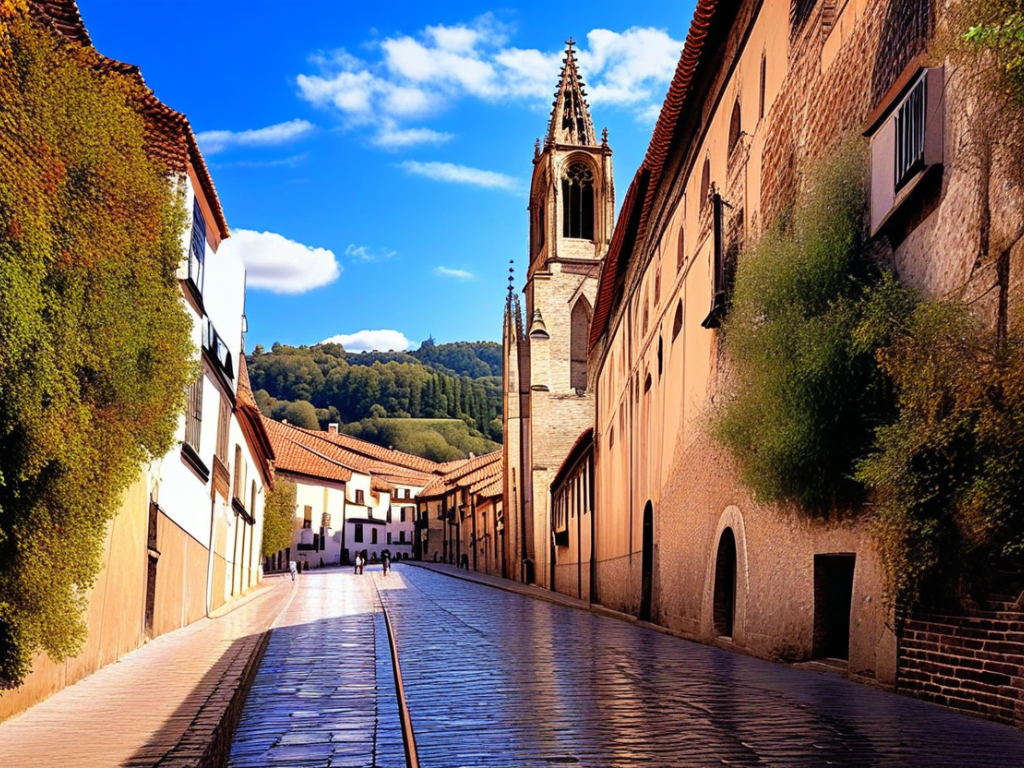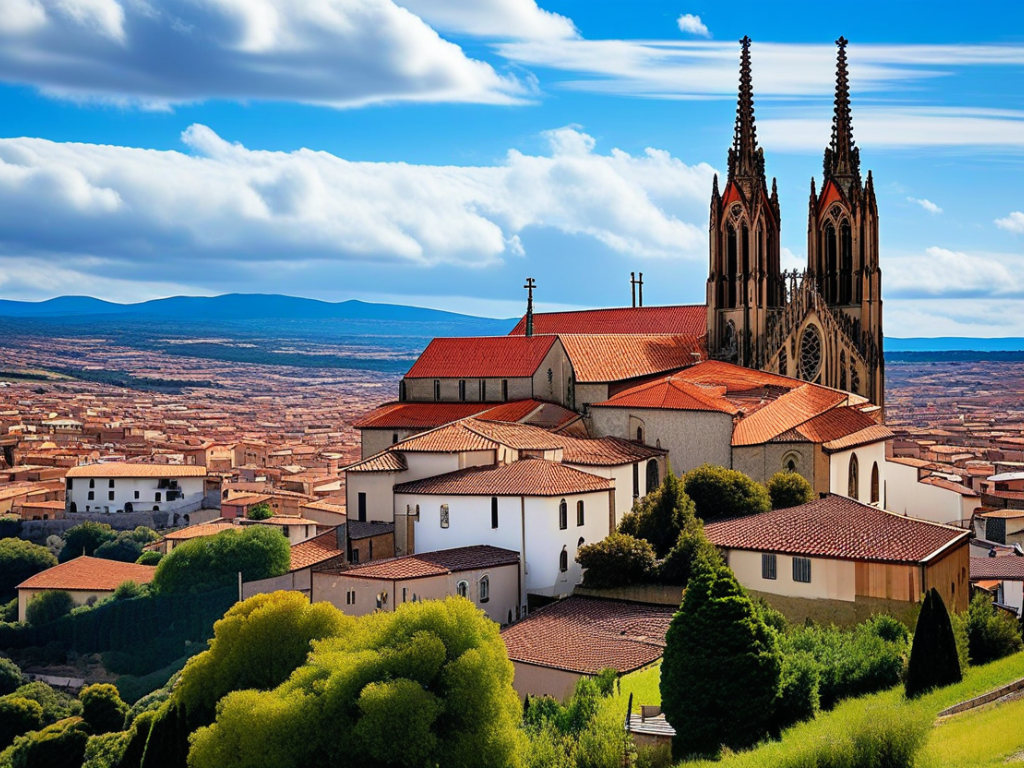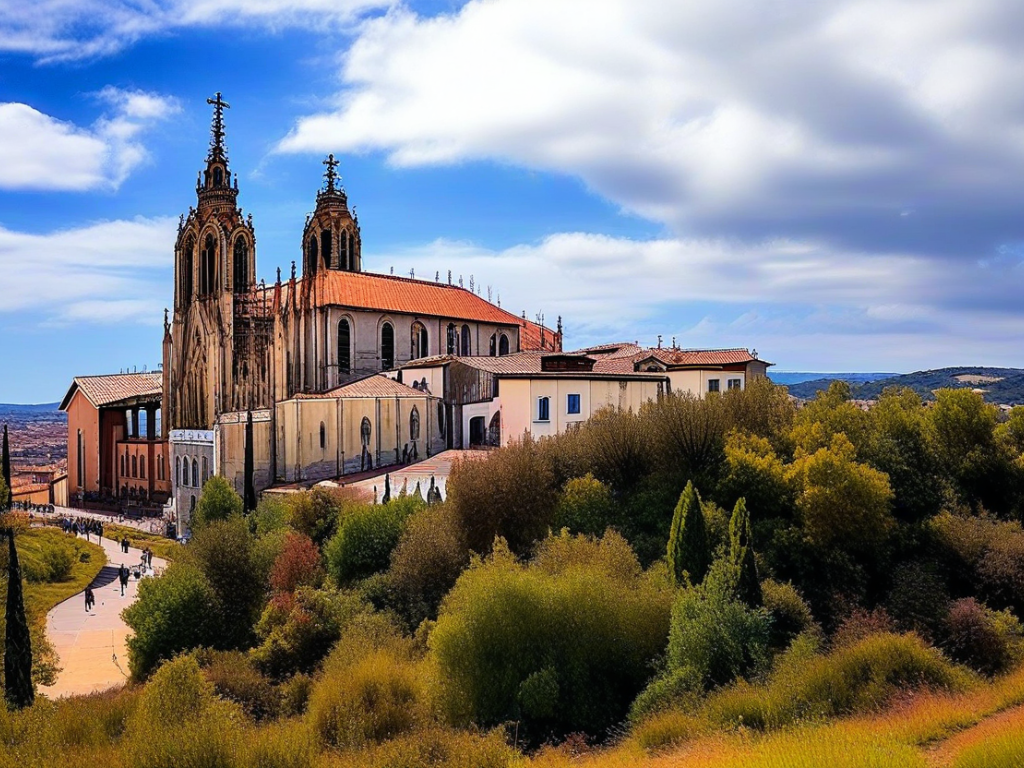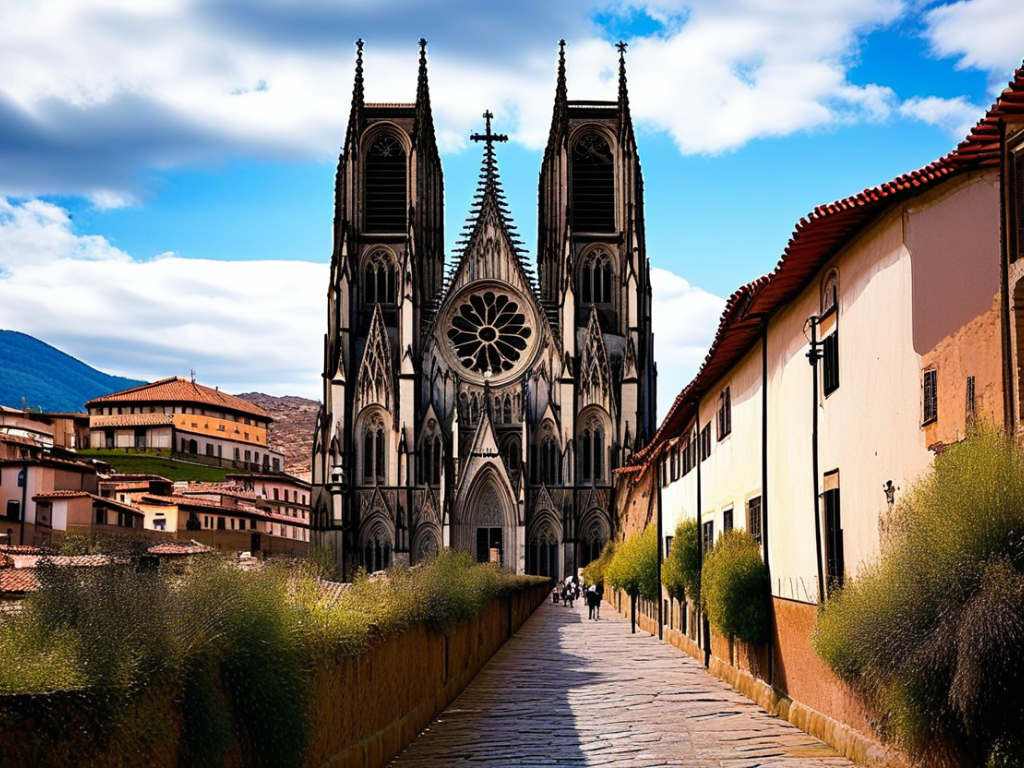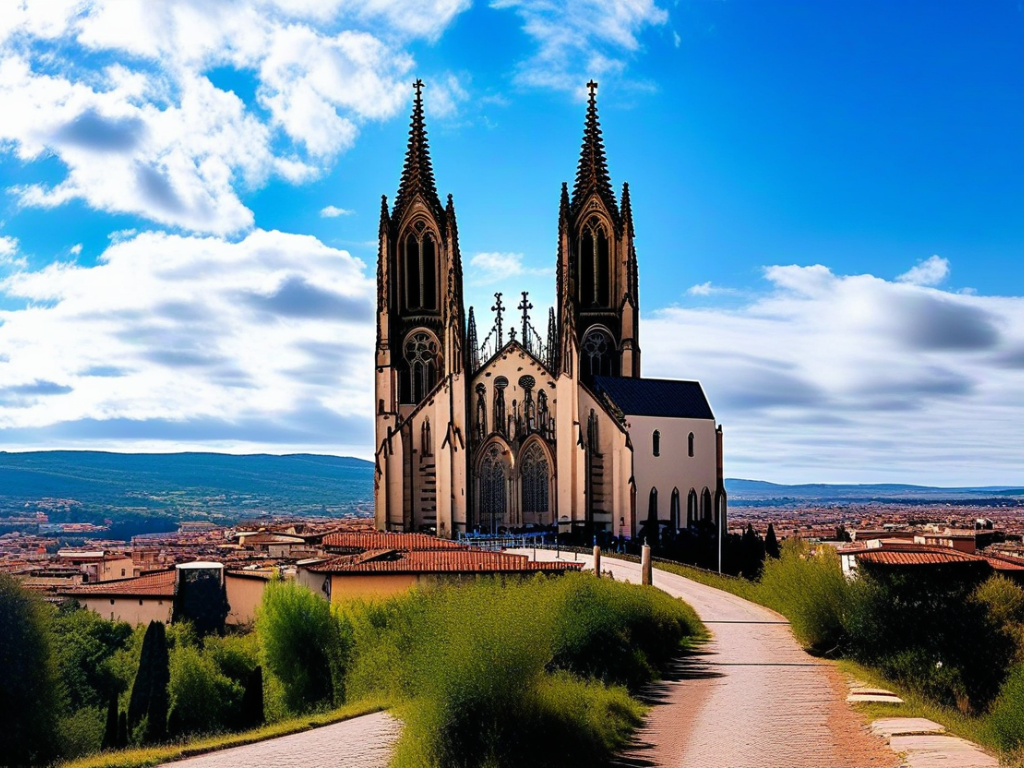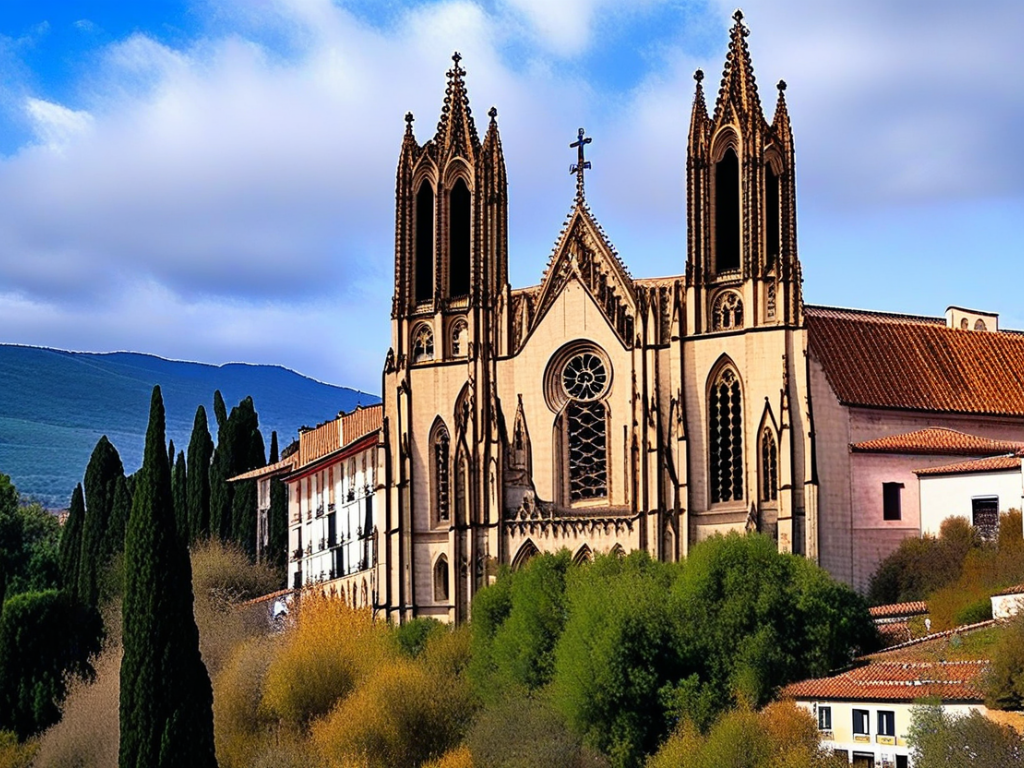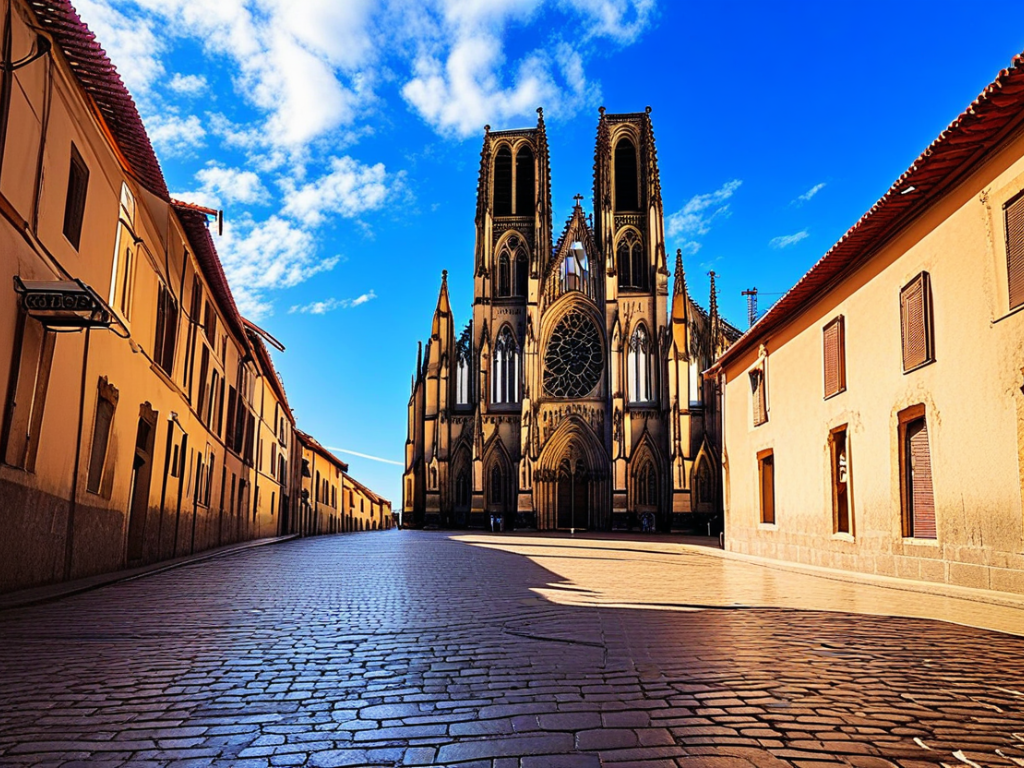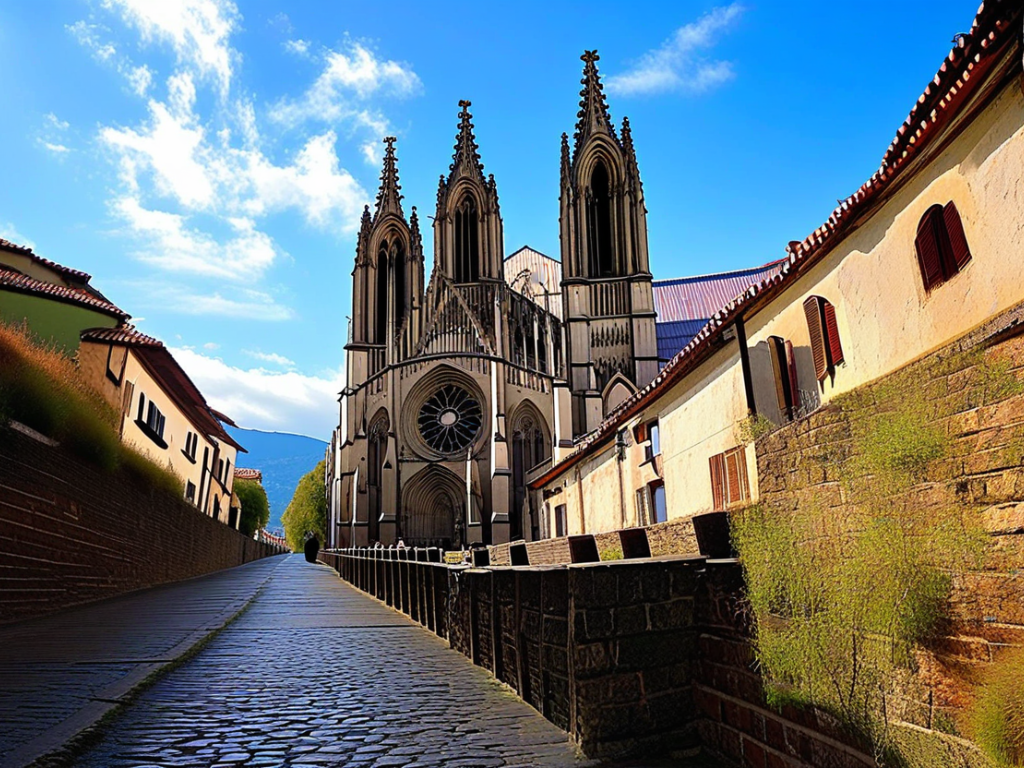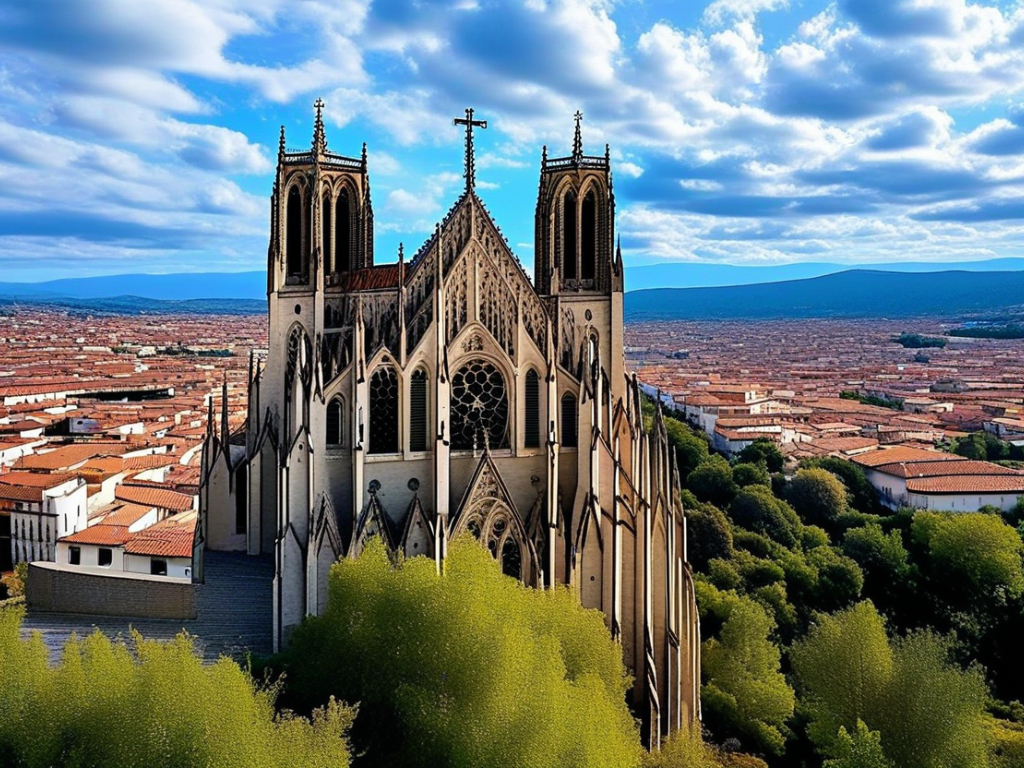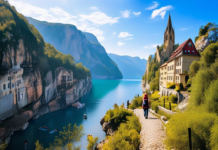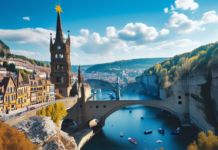Burgos is a pedestrian- friendly city straddling its river, stately plane trees line the rivers de promenade giving shade through the hot days.
Burgos’s main square seems designed to bring the community together. Today’s Burgos feels workaday – but with a hint of gentility and former power.
Like so many towns here, in the north of Spain, it became important during the reconquista – that centuries long struggle to push the Muslim moors back into northern Africa from where they came.
Its position on the Camino de Santiago and as a trading center helped it to flourish. For five centuries Burgos was the capital of the Kingdom of Castile .
Burgos is dominated by an awe-inspiring Gothic Cathedral , designed by French architects in the 13th century. With its lacy spires added by German architects in the 14th century. The ornate exterior is matched by its lavish and brightly lit interior .
In Spain the final flowering of the Gothic age was the elaborate plateresque style. As was typical of Gothic churches it is ringed by richly decorated chapels, built over the centuries by and for wealthy parishioners.
There is a chapel in the Cathedral on the Camino dedicated to St. Anne the Virgin Mary’s mother .It’s 15th century altar features the tree of Jesse, a sleepy and apparently very fertile Jesse slumbers at the bottom. Sprouting a lineage that connects him to the holy child and Virgin.
There is another sumptuous chapel that marks the toms of a regional governor and his wife under a brilliant star- shaped vault. It is striking for its gracefulness and femininity.
This cathedral is outstanding for the elegance and harmony of its architecture, and it is the only one in Spain which, for its cathedral building alone, has received the UNESCO World Heritage designation.
Burgos is a beautiful small city in Spain, but it sure deserves to be seen. There are plenty more things that you can explore and are a famous landmarks of Burgos.
























